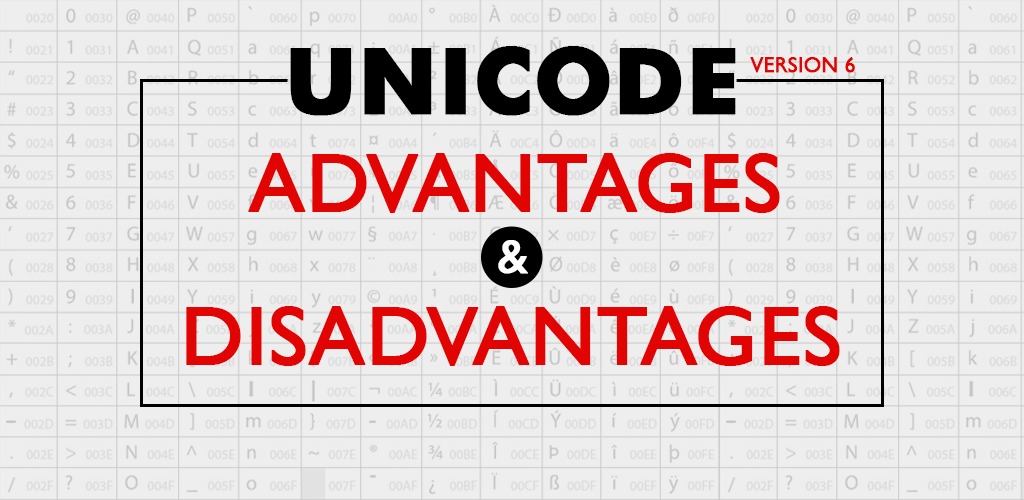UNICODE 6.0
The Unicode version 6.0 is the first version to be released in the online format. It is a major version of the Unicode Standard. Version 6.0 adds 2088 characters in total out of which 1000 characters are additional. These additions include the emoji symbols which are very important for mobile usage, the official Indian currency symbol, and 222 CJK unified ideographs. These ideographs are in common use in Japan, Taiwan, and China.
The Unicode version 6.0 synchronizes with the ISO/IEC 2010 with Unicode Han Database. It also has several improvements for the CJK unified ideographs. There are no significant changes in the conformance requirements. 230 characters out of the total are added to BMP and 1858 characters are added in supplementary characters.

UNICODE 6.1
The Unicode version 6.1 was released in January 2012. This version of the Unicode standard has complete support for all the diverse languages in the world. This version adds additional characters for support of countries like China, Africa, and other Asian countries. 732 new characters have been added in this version of the Unicode Standard. This version also has some improvements for its implementation guidelines. The new labels are combined with new script extensions. It will make it easier to validate.
200+ variants have also been added in this version for emoji characters. Sentence segmentation was also improved in this version for Thai and other similar languages. Version 6.1 has slight updates including cluster boundaries and decomposition mapping. This version of the Unicode Standard is synchronized with ISO/IEC 2012 third edition.
UNICODE 6.2
The release of version 6.2 was a significant release for the Turkish lira sign. It was a newly encoded character. This version also shows improvements over the errata and Unicode Character Database. Moreover, there are some remarkable enhancements in Unicode algorithms including line breaking for emoji symbols.
Version 6.2 was published in September 2012 with the same number of scripts. It adds only one new additional character as compared with the previous version. The major reason for the release of this version is the newly encoded Turkish lira sign. This version of the Unicode standard has also been synchronized with ISO/IEC third edition.
UNICODE 6.3
This release was made especially for the 5 bidirectional formatting characters. It features the same number of scripts with 5 more additional characters as compared with its previous version. This version of the Unicode standard was released in September 2013.
This version has better Unihan data for better alignment. It features better support for line breaking in ideographs and for Hebrew word break.
Advantages and Disadvantages of Unicode 6.0, .1, .2, .3
The major disadvantage in these versions is the number of scripts. All of these versions feature the same number of scripts, except 6.0. Version 6.2 and 6.3 were only released for Turkish sign and bidirectional characters. The major advantage of these versions is that all of these are based on online formatting. Each of the versions features emoji and diverse languages of the world along with many symbols.
Read More
